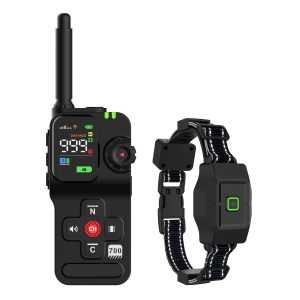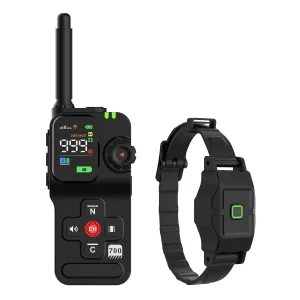The Science Behind Dog Bark Control Collars
For years, dog owners have been searching for ways to manage excessive barking in their furry companions. One popular method that has gained attention is the use of bark control collars. But do these devices really work as intended? Let’s delve into the science behind dog bark control collars.
Understanding How Bark Control Collars Operate
Bark control collars are designed to discourage dogs from barking excessively by delivering a stimulus in response to the sound of their barking. These stimuli can range from vibrations and sounds to mild electric shocks. The idea is to associate barking with a negative consequence, thereby reducing the likelihood of the behavior.
The Controversy Surrounding Bark Control Collars
While some dog owners swear by the effectiveness of bark control collars, others are skeptical about their impact on dogs’ well-being. Critics argue that these devices can cause fear, stress, and even physical harm to dogs, leading to long-term behavioral issues.
Exploring Alternatives to Bark Control Collars
For dog owners hesitant to use bark control collars, there are alternative methods to address excessive barking. Positive reinforcement training, behavior modification techniques, and identifying and addressing the root cause of barking can be more humane and effective approaches.
The Verdict: Do Bark Control Collars Work?
While bark control collars may show some results in reducing barking behavior, the long-term consequences and ethical considerations are important factors to consider. As with any training method, it’s essential to prioritize your dog’s well-being and consult with a professional trainer or veterinarian before opting for bark control collars.




